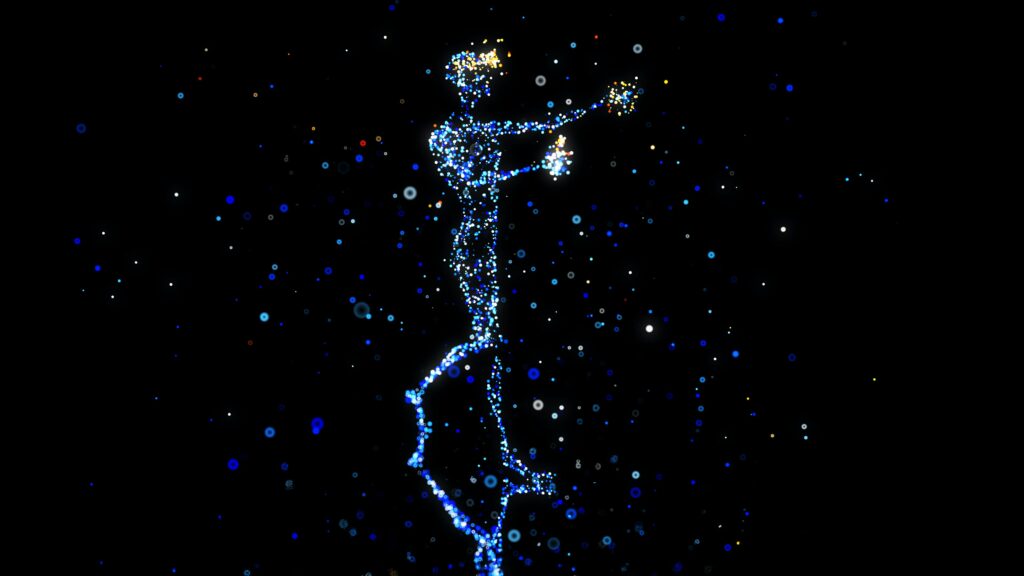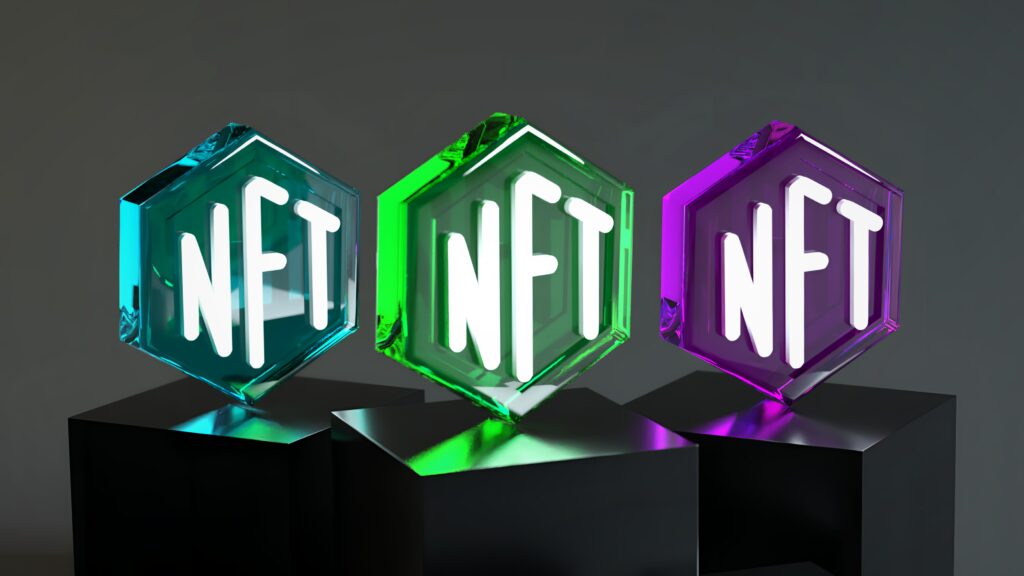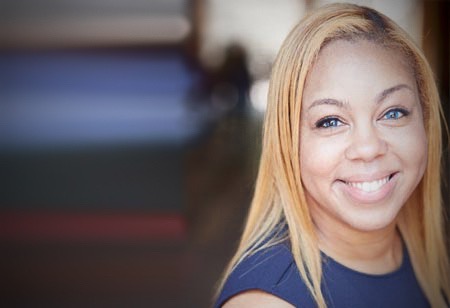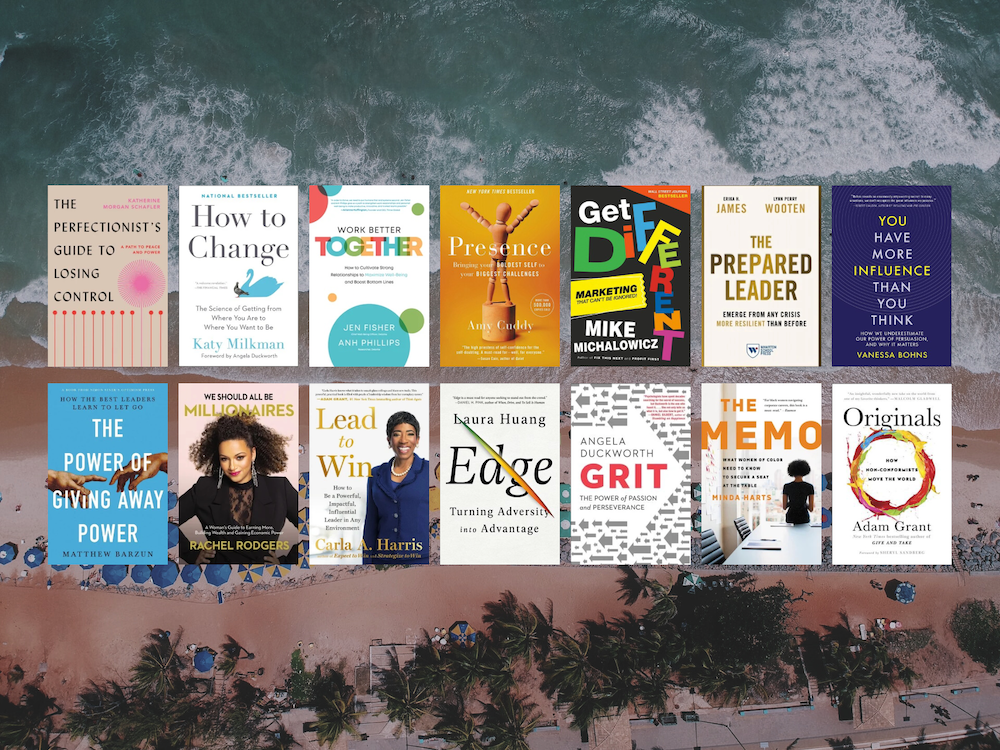Superheroes, NFTs and multiplatform storytelling in the metaverse

When Batman first punched his way onto the scene in the late 1930’s, the concept of the Metaverse would have sounded a lot like a plot in a space age comic strip. While the term itself was coined by writer Neal Stephenson in his 1992 science fiction “Snow Crash,” it’s no longer an abstract idea, it’s a booming business.
Last June, developer Everyrealm bought a piece of Decentraland land (aka metaverse property) for $913,000. The land has now been turned into the Metajuku shopping district, where JPMorgan’s lounge is located. The virtual real estate market will eventually “start seeing services like…credit, mortgages, and rental agreements,” according to JPMorgan. Even JPMorgan’s Wall Street rival Goldman Sachs forecasts the metaverse will become an $8 trillion market.
So with every industry from finance, aerospace and defense to fashion and entertainment making out-of-this-world waves in the metaverse, where do Batman enthusiasts, and business professionals both fit into the space?
Producer, strategist, and specialist in emerging media Caitlin Burns sits down with MBAchic for the third installment of our emerging tech series to discuss how a rise in business-to-business and business-to-consumer activities has opened new growth avenues for the metaverse market.
Burns has immersed herself into the world of multiplatform storyworld building for franchises like Halo, Pirates of the Caribbean and Avatar. Right now, she’s building a two-year experience for DC and Batman fans using generative collectables with exclusive experience offerings that invite participants to shape the development of new comic book storylines.
“I love that we’re able to engage people in the real world with metaversal tools, and build storylines directly with the input of the audience,” says Burns.
In this developing set of interconnected, 3D virtual worlds people located anywhere can socialize in real-time to form a user-owned, internet economy. Burns likens the metaverse to the way people viewed the concept of cyberspace in the 1990s. Remember this famous vintage Today Show news clip turned viral video, anyone?
Those already working in metaverse tech anticipate tools developed by companies like ARlektra will become more integrated into life, merging real hands-on projects with AR 3D technology, for a complete learning experience and seemingly endless business applications.
“It’s easy to fall into the trap that these innovations have to look all-consuming, I suspect we’ll see more of a steady drip of improvements that bring 3D imaging and photogrammetric cameras (which are already in recent versions of smartphones) becoming more familiar and useful to people in their day to day lives,” says Burns.
While the builders of this next digital frontier are made up of a lot of innovative thinkers, inclusion and diversity remain top concerns.
Entertainment Software Association (ESA) CEO Stanley Pierre-Louis spoke with GamesBeat last January, emphasizing the opportunity to construct an inclusive foundation in the metaverse—one that amplifies and attracts audiences of all ages, races, gender identities, sexual orientation, and culture. “Part of what we’re trying to grapple with is what is the metaverse and how are we defining it,” says Pierre-Louis.
As a woman shaping this space, Burns says companies have a responsibility to take diverse hiring seriously, recruiting talent of all identities, and backgrounds.
“It’s 2022, teams with people from different backgrounds bring more insights to the work they do, creative and otherwise. I see many teams that seem to be following older habits – I have no idea what conversations they’re having internally – but it’s easy to find teams that feel pretty homogenous in technology,” says Burns.
“Employees are expecting it, and online communities are demanding it,” says Pierre-Louis. “So I think the metaverse has an opportunity to be a reflection of what we want it to be, whether that’s geographic diversity, or diversity on a number of other fronts.”
The best advice Burns ever received about breaking into highly competitive emerging industries stuck because it was simple: don’t quit – and remember that rest refuels creative energy.
“It took me a long time in my career to build a rest-ethic into my work life, but it’s led to some of the best work I’ve ever done,” says Burns. “Creative and technology spaces are hard, there’s difficult work and not everyone is as welcoming as I wish they were, but there are good people who want these spaces to grow out there too. Look around for projects and people in the space you admire and reach out to tell them that you enjoy their work! Keep trying different projects and work environments until you find what fits for you, and if you don’t find something someone else built, build that yourself. A career is built over years of time and many, many projects – as long as you don’t quit you’ll make your mark.”

Photo by Julien Tromeur







